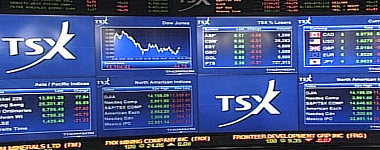Stock market circuit breakers halt trading activity on a single stock or an entire exchange if a sudden large price move occurs. Their purpose is to forestall cascading trading activity caused by gaps in liquidity or order errors. Whether circuit breakers achieve this goal is contentious. This post adds to the debate by analyzing intraday price formation on the Tokyo Stock Exchange (TSE) on May 23, 2013—the pinnacle of this past year’s volatility in Japanese stock markets. While no circuit breakers were triggered on the TSE, we focus on trading conditions before and after the daily lunch break, which halted trading amid heightened market volatility on that day. The data seem to indicate that the break did not stem price volatility; rather, its anticipation may have worsened trading conditions.

Stock market circuit breakers exist in two main forms: trading halts and price limits. Trading halts stop trading activity for a pre-determined period of time; price limits are upper and lower bounds to restrict daily security price changes over some specified period of time. Many exchanges have implemented circuit breakers in one of these two forms. Yet, circuit breakers are heatedly debated both in policy settings and the academic literature. Before jumping to the evidence, we briefly summarize the financial literature on the effectiveness of circuit breakers.
The Ongoing Debate on the Effectiveness of Circuit Breakers
Advocates of circuit breakers argue that they effectively dampen stock price volatility without interfering with trading activity. For example, if uninformed traders overreact to sharp price moves, trading halts dampen price volatility by allowing informed traders to enter the market and provide liquidity (Greenwald and Stein [1991] and Kodres and O’Brien [1994]). In addition, at times of unusual intraday price volatility, investors may be unsure about the order execution price, which may lead them to refrain from trading altogether and exacerbate trading conditions. Trade halts help these investors obtain information about order imbalances. In sum, trade halts followed by an orderly “open†procedure may help restore the information content of market prices and confidence in them.

